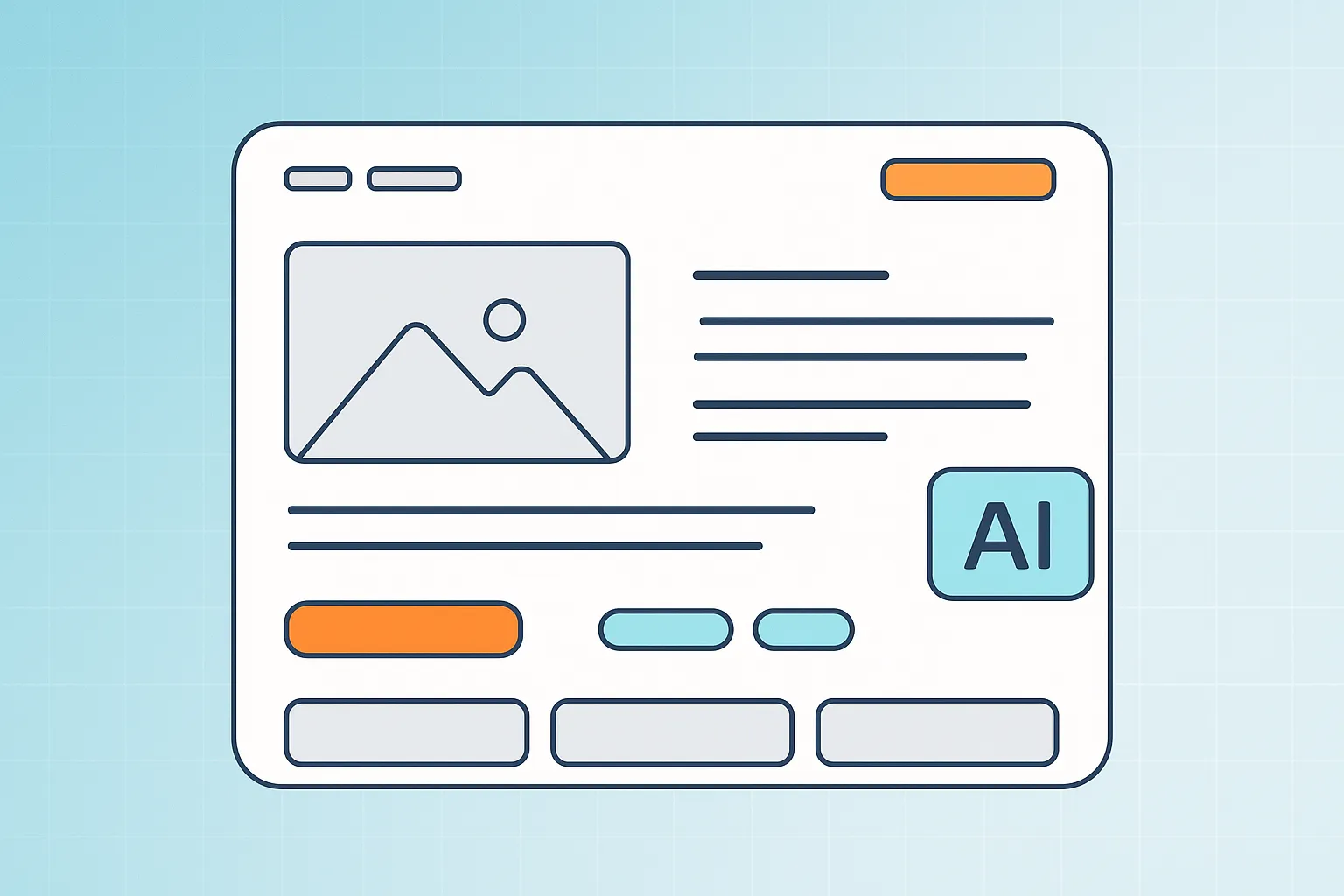In today’s complex digital ecosystems, engineering and security teams face a relentless barrage of data, alerts, and potential threats. The sheer volume of logs and metrics generated by distributed systems, microservices, and cloud infrastructure has surpassed human capacity for effective manual analysis. This data overload leads to a critical challenge: slow incident response. When systems fail or security breaches occur, every second counts. Delayed detection, protracted root cause analysis, and manual remediation efforts result in extended downtime, lost revenue, and damaged customer trust. The traditional approach to monitoring and observability is no longer sufficient.
Fortunately, Artificial Intelligence (AI) is fundamentally changing this paradigm. By leveraging machine learning, predictive analytics, and sophisticated automation, AI-powered systems can detect, analyze, and resolve incidents with a speed and accuracy that is simply unattainable for human teams. The impact is staggering; according to our research for the upcoming 2025 AI-Enablement Benchmark Report, engineering teams that adopt AI for monitoring and observability are seeing up to a 62% reduction in Mean Time To Resolution (MTTR). This article explores how AI is revolutionizing system monitoring and incident response, transforming it from a reactive, manual process into a proactive, automated, and intelligent function that strengthens security and ensures operational resilience.
The Breaking Point of Traditional Incident Response
Before we can fully appreciate the transformative power of AI, it is essential to understand the inherent limitations of conventional incident response methodologies. For decades, organizations have relied on a combination of threshold-based alerting, manual log analysis, and predefined runbooks. While this approach was adequate for simpler, monolithic architectures, it crumbles under the weight and complexity of modern IT environments.
The Deluge of Data and Alert Fatigue
Modern applications generate terabytes of data daily—logs, metrics, traces, and events pour in from countless sources. Traditional monitoring tools often rely on static thresholds to generate alerts (e.g., “alert when CPU usage exceeds 90%”). This simplistic approach creates two significant problems:
- False Positives: Benign spikes in activity can trigger a flood of irrelevant alerts, consuming valuable time and attention from engineers.
- False Negatives: Sophisticated threats or subtle performance degradations often don’t cross these static thresholds and go completely undetected until a major failure occurs.
The result is a state of “alert fatigue,” where engineers become desensitized to the constant stream of notifications. Important alerts get lost in the noise, and response times suffer as teams struggle to distinguish genuine threats from benign system behavior. Security teams are forced to focus on low-priority tasks instead of real threats, diminishing the overall effectiveness of the security effort.
The Manual Toil of Root Cause Analysis
When a critical incident does occur, the race to find the root cause begins. In a traditional workflow, this involves engineers manually sifting through mountains of logs from disparate systems, trying to correlate events and piece together a timeline of what went wrong. This process is incredibly time-consuming, error-prone, and requires deep institutional knowledge.
In a complex microservices architecture, a single user-facing issue could originate from a problem in one of dozens or even hundreds of interconnected services. Identifying the underlying cause becomes a forensic investigation that can take hours or even days, during which the system remains degraded or offline, directly impacting users and the business’s bottom line.
The Inefficiency of Manual Remediation
Once the root cause is finally identified, the remediation process often involves another series of manual steps. An engineer might need to restart a service, roll back a deployment, or adjust a configuration. These actions, while often straightforward, introduce the risk of human error, especially when performed under the pressure of a live incident. Furthermore, the reliance on manual intervention creates a bottleneck, extending the overall resolution time and delaying the restoration of normal service. This entire reactive cycle is slow, inefficient, and ill-suited for the dynamic, fast-paced nature of modern digital services.
How AI Revolutionizes Every Stage of Incident Response
AI introduces a level of speed, intelligence, and automation that addresses the fundamental weaknesses of traditional methods. By applying machine learning models and sophisticated algorithms, AI-driven systems can process vast amounts of data in real-time, identify complex patterns, and execute precise actions automatically. This transforms incident response from a reactive, human-dependent process into a proactive, machine-driven discipline.
Enhanced Detection and Real-Time Analysis
The first line of defense is detection, and this is where AI provides an immediate and significant advantage. Instead of relying on rigid, predefined rules, AI systems learn the normal behavior of an application and its underlying infrastructure.
AI leverages machine learning to detect anomalies and identify threats that might be missed by traditional methods. These systems continuously analyze streams of data in real-time, identifying unusual activity or subtle deviations from the established baseline that could indicate a potential security incident or performance issue. For example, AI can enhance Security Information and Event Management (SIEM) systems by sifting through massive volumes of security logs to detect potential threats as they emerge, rather than after the fact. This intelligent filtering also cuts down on false positives, ensuring that security teams focus only on the incidents that matter.
Automated Triage and Dynamic Prioritization
Once a potential incident is detected, AI automates the triage process, reducing the burden on security teams and ensuring timely responses. An AI system can instantly enrich an alert with contextual data, cross-referencing it with threat intelligence feeds and historical incident data to assess its potential impact.
Based on this analysis, AI systems dynamically prioritize incidents according to their severity and business impact. This ensures that the most critical threats receive immediate attention, preventing them from escalating, while low-priority issues are handled without overwhelming the security team. By automating triage and minimizing false positives and negatives, AI ensures that human experts can focus their efforts on real, high-impact threats.
Swift and Accurate Root Cause Identification
Perhaps one of the most powerful applications of AI in incident response is its ability to accelerate root cause analysis. AI models can automatically analyze large datasets from across the IT environment—logs, metrics, traces, and dependencies—to pinpoint the underlying cause of an issue with incredible speed and accuracy.
Instead of a team of engineers spending hours manually correlating data, an AI system can perform this analysis in seconds. It identifies patterns and causal relationships that would be nearly impossible for a human to spot, providing swift and automated root cause identification. This capability allows for quicker remediation, as teams can immediately understand what needs to be fixed. This significantly reduces resolution time and minimizes the potential damage from an incident.
Automated Remediation and Orchestrated Response
AI doesn’t just identify problems; it can also solve them. AI-driven tools can automate incident resolution by executing predefined response actions without human intervention. This is often accomplished through Security Orchestration, Automation, and Response (SOAR) platforms, which enable teams to orchestrate complex workflows and reduce manual tasks.
These automation and orchestration tools can:
- Automatically execute predefined response actions, such as isolating a compromised endpoint, blocking a malicious IP address, or restarting a failing service.
- Ensure that incidents are addressed quickly and consistently across an organization’s entire infrastructure.
- Significantly reduce response time and minimize the need for human intervention during critical phases of incident handling.
By automating routine operations efficiently, AI frees up security teams to concentrate on high-priority challenges and strategic initiatives. This not only makes security efforts more effective but also helps businesses to stay ahead of potential risks.
Continuous Learning and Proactive Improvement
A core strength of AI is its ability to learn and adapt. AI systems provide continuous post-incident analysis, allowing them to learn from every event. Adaptive learning algorithms enable these systems to refine their responses based on previous incidents, creating a more robust and effective automated response system over time.
This continuous learning loop contributes to more proactive security measures. By identifying patterns and gaps in current defenses, AI helps organizations proactively strengthen their security posture. It provides insights that allow teams to improve their incident response strategies, reducing the likelihood of similar incidents in the future and helping businesses to better protect their systems.
Why Implementing AI Requires a Strategic Partner
While the benefits of AI in incident response are clear, the path to implementation is complex. Successfully integrating AI into monitoring and observability workflows is not as simple as purchasing an off-the-shelf tool. It requires deep expertise in AI development, data science, and systems architecture. Organizations often face challenges such as choosing the right models, integrating disparate data sources, and building the custom logic required to automate responses effectively. This is where partnering with a specialized AI development agency like MetaCTO becomes a strategic advantage.
At MetaCTO, we specialize in helping businesses harness the power of AI to make every process faster, better, and smarter. Our Ai Development service is designed to bring sophisticated AI technology into your organization, tailored to your specific needs and infrastructure. We have extensive experience integrating complex AI technologies, as demonstrated by our work implementing cutting-edge computer vision AI for the G-Sight app and developing AI transcription and corrections for the Parrot Club app.
For companies that have already begun their AI journey but are facing challenges, our Vibe Code Rescue service can turn AI code chaos into a solid foundation for growth. We help untangle complex implementations, optimize models, and ensure your AI initiatives deliver tangible results.
We understand that AI adoption is a journey of increasing maturity. That’s why we developed the AI-Enabled Engineering Maturity Index, a strategic framework to help engineering leaders assess their current capabilities and build a clear roadmap for advancement. By partnering with us, you gain access to a team of experts who can guide you through each stage of this journey, from initial strategy to full-scale implementation and continuous optimization. We help you move beyond ad-hoc experimentation to build a truly strategic, AI-first approach to incident response, ensuring every investment in AI drives measurable improvements in reliability and security.
Conclusion
The evolution of IT infrastructure has rendered traditional, manual approaches to system monitoring and incident response obsolete. The complexity and scale of modern systems demand a more intelligent, automated, and proactive solution. AI provides that solution by transforming every stage of the incident response lifecycle—from real-time anomaly detection and automated triage to swift root cause analysis and automated remediation. By leveraging AI, organizations can significantly improve detection and response times, minimize potential damage from incidents, reduce operational costs, and free up their valuable engineering talent to focus on innovation rather than firefighting.
Implementing these advanced AI systems requires more than just technology; it requires a strategic partner with deep expertise in both AI and software engineering. We at MetaCTO have a proven track record of building and integrating sophisticated AI solutions that deliver real-world results. If you are ready to move beyond the limitations of traditional monitoring and unlock the transformative potential of AI for your incident response processes, we can help you build the roadmap to get there.
Talk with an AI app development expert at MetaCTO today to assess your current capabilities and discover how AI can make your systems more resilient, secure, and intelligent.

